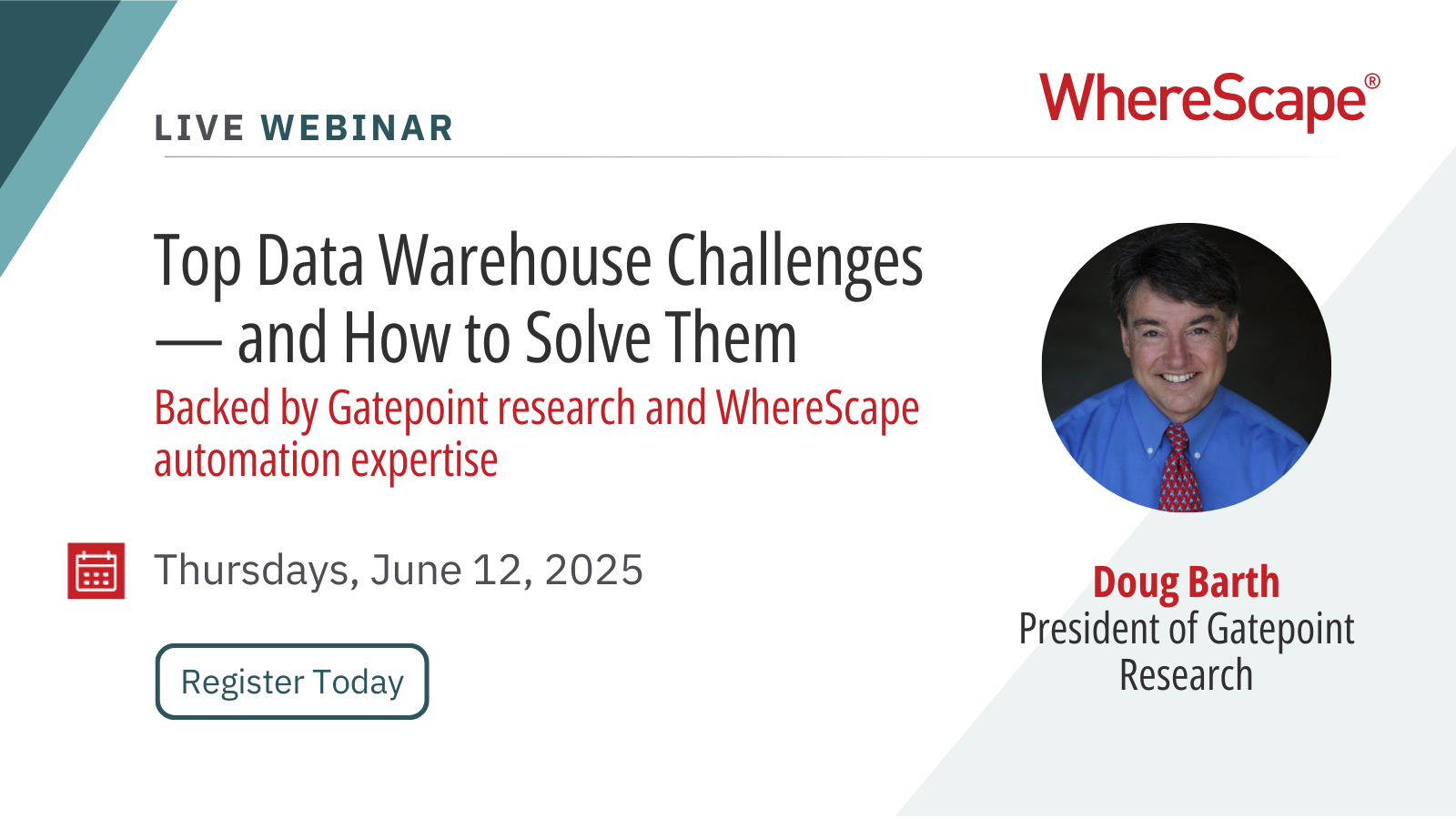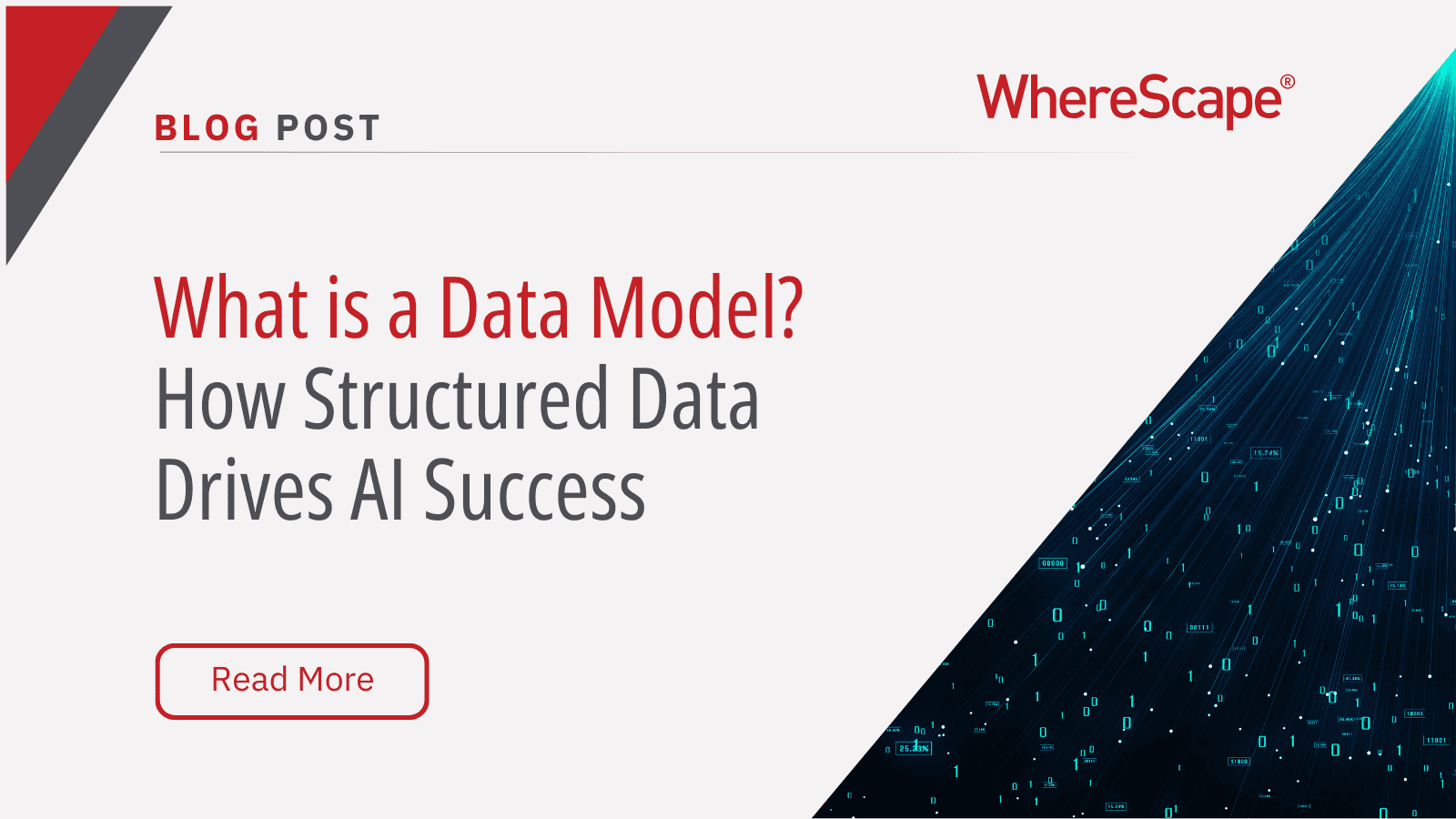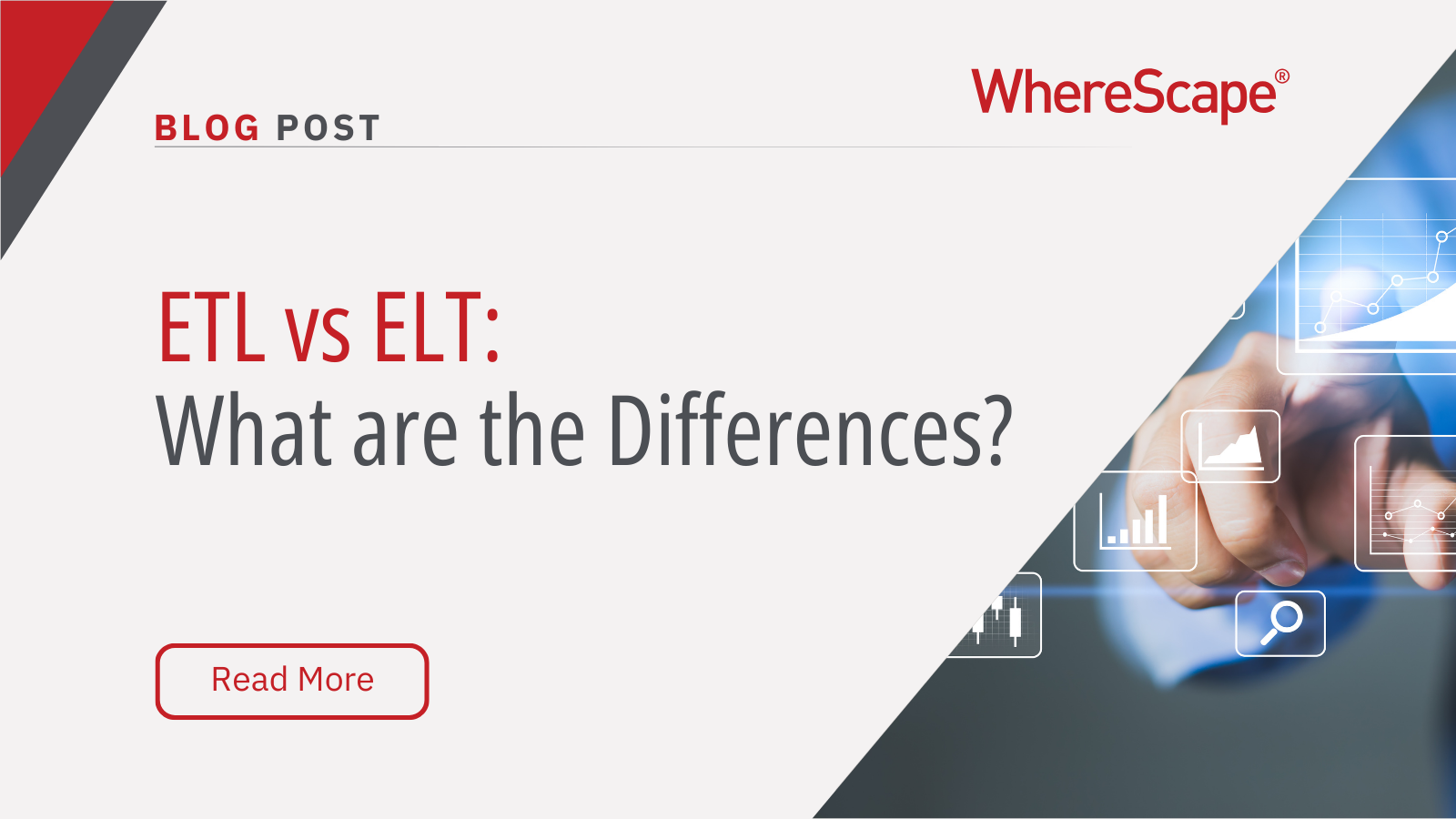What’s really holding data teams back? Based on...
What is a Cloud Data Warehouse?
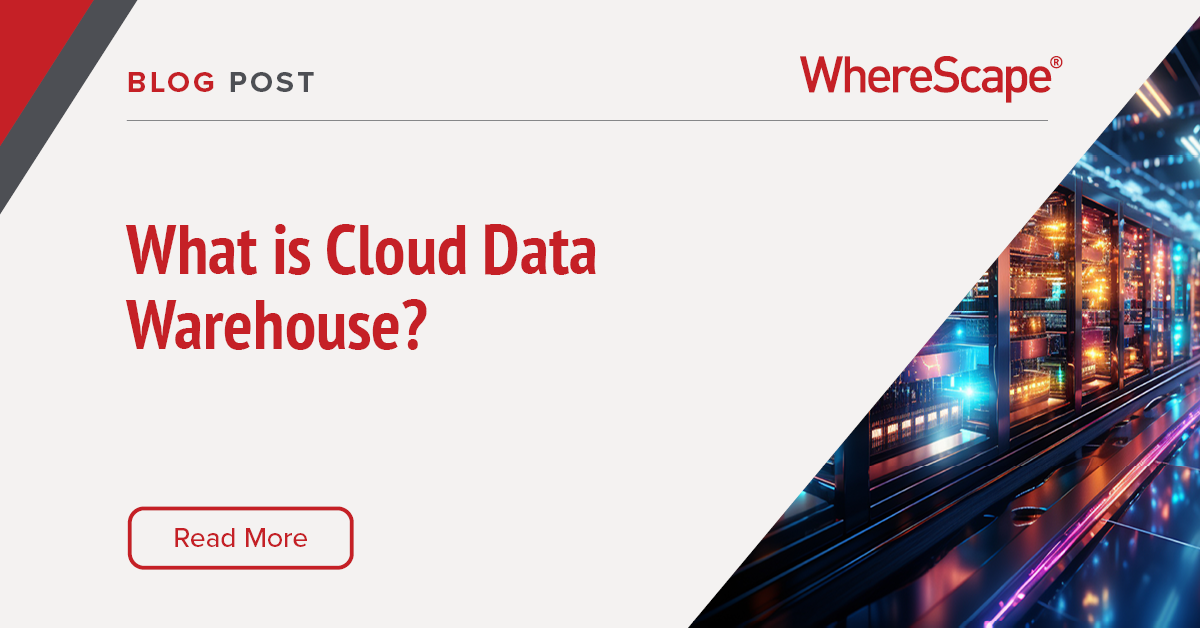
As organizations increasingly turn to data-driven decision-making, the demand for cloud data warehouses continues to rise. The cloud data warehouse market is projected to grow significantly, reaching $10.42 billion by 2026 with a compound annual growth rate (CAGR) of 22.56%. This surge underscores the importance of flexible, scalable solutions that facilitate efficient data management. A cloud data warehouse provides a robust environment for data storage and computation, managed by third-party cloud providers, allowing users to access their data from anywhere and easily adjust resources as needed.
What is a Cloud Data Warehouse?
A cloud data warehouse is an advanced database service managed and hosted over the internet by a third-party cloud provider. Unlike traditional on-premises databases that require physical infrastructure and hands-on maintenance, cloud data warehouses offer a more flexible and scalable solution. They embody the power and functionality of conventional databases but are significantly more adaptable to changing business needs. Users can access the data warehouse from anywhere in the world. They can also change storage space and computing power as needed.
This dynamic scalability means that organizations can efficiently manage their data loads and performance requirements without upfront hardware investments or long-term commitments. Cloud data warehouses automate many of the maintenance tasks, such as backups and software updates, further reducing the operational overhead for businesses.
Traditional Vs. Cloud Data Warehouse Differences
There are crucial differences between traditional and cloud data warehouses. Traditional warehouses are on-premises solutions with fixed capacity, requiring substantial investment and upkeep. Conversely, cloud data warehouses offer a flexible, scalable, and cost-efficient alternative, hosted remotely and managed by cloud providers.
These modern solutions facilitate integrated data management and enhance data analysis capabilities, making it easier for organizations to derive insights from their data. This comparison will help organizations determine the best data management solution to meet their specific needs.
Traditional Data Warehouses
A traditional data warehouse is a structured repository designed for the organization, storage, and retrieval of data sets, typically housed within a data center on the organization’s premises. These premises data warehouses have a fixed capacity and computational power, which means they cannot easily expand or contract in response to business demands.
Ownership and maintenance of this infrastructure rest solely with the organization, involving significant capital investment and ongoing operational costs. Additionally, the management of data warehouse operations, including the creation of data marts, can be complex and resource-intensive, further emphasizing the challenges of relying on traditional setups.
Cloud Data Warehouses
In contrast, a cloud data warehouse offers a highly flexible and scalable environment for data storage and computation, hosted remotely on a public cloud provider’s expansive data center infrastructure. This model operates on a pay-as-you-go basis, renting storage and computational resources instead of owning them. The flexibility of this system allows for rapid scaling, up or down, according to the fluctuating demands of the business.
The physical location of a cloud data warehouse is generally immaterial, except in scenarios where regulatory requirements dictate data residency. Managed entirely online, these cloud-based services minimize the need for physical maintenance and reduce the overhead associated with traditional data warehouses. Having robust access control mechanisms can be implemented to secure data stores, ensuring that only authorized users can access sensitive information.
5 Benefits of Cloud Data Warehouse
The benefits of a Cloud Data Warehouse can be summarized in five main points:
The benefits of a Cloud Data Warehouse can be summarized in five main points:
1. Access
Cloud data warehouses offer the significant advantage of remote access, enabling database interactions from anywhere, at any time. This flexibility is not only convenient for staff located near traditional data centers, who can now perform troubleshooting tasks from home or elsewhere after hours, but it also broadens the scope for hiring.
Companies can tap into global talent pools, no longer restricted by geographic proximity to physical infrastructure. Moreover, cloud data warehousing operates on a self-service model, which minimizes dependency on specialized staff availability, streamlining operations and enhancing productivity. This is particularly beneficial for managing large amounts of data and supporting modern data initiatives that require agility and responsiveness.
WhereScape Enhancements
WhereScape enhances access through its Enablement Packs, which include pre-configured templates for various data management tasks. These tools simplify data management, making it easier for teams to get started quickly and efficiently. By streamlining the deployment process, WhereScape ensures that integrated data is readily available, enabling faster data analysis and empowering teams to derive actionable insights.
2. Cost
Maintaining traditional data centers involves substantial costs, including the expense of purchasing and housing the infrastructure, which requires proper cooling, insurance, and expert staffing. Additionally, the upfront cost of the databases themselves can be significant.
In contrast, cloud data warehousing provides a more cost-effective alternative, allowing you to pay only for the computing and storage resources you use. The advent of elastic cloud services like Snowflake allows users to purchase these resources separately in varying amounts, offering unprecedented flexibility. This pay-as-you-go model means you only incur costs for active usage, with the added advantage of being able to instantly scale down or discontinue services as needed without financial penalty.
Maintaining on-premises data centers can burn a hole in your budget. With cloud data warehousing, upfront costs drop significantly. There’s no need for physical hardware, office maintenance, or cooling systems in the cloud. Companies save money on operational expenses and scale resources as needed. Amazon Redshift handles gigabytes to petabytes seamlessly without skyrocketing costs. Google BigQuery offers real-time dashboards through its BI Engine. A financial services company reduced onboarding time from days to just an hour—boosting efficiency while cutting labor costs. Cloud service providers also optimize computing clusters for better resource utilization, ensuring fast query performance without overloading servers.
WhereScape’s Flat Pricing Model
WhereScape enhances this cost efficiency with its flat pricing model, which provides predictable costs for data automation and management. This transparency allows organizations to budget more effectively and eliminates the surprise expenses often associated with traditional and cloud data warehousing solutions. By simplifying pricing, WhereScape enables businesses to focus on optimizing their data strategies without worrying about fluctuating costs.
3. Performance
Cloud service providers are in constant competition to deliver the most powerful hardware at a fraction of the cost it would take to replicate that capacity in an on-premises setting. They also ensure that upgrades happen automatically, guaranteeing that you access the latest technology without any downtime typically associated with system upgrades.
While some on-premises databases may boast faster performance, they often can’t match the cost-efficiency and immediate availability provided by cloud-based ‘Infrastructure-as-a-Service’ offerings. These cloud solutions offer high performance and enhanced data access, making them not only more technologically advanced but also more accessible and economical.
Enhanced Data Accessibility and Sharing
Access to data improves significantly with cloud computing. Cloud data warehouses allow analysts to work from any location with stable internet access. This eliminates location barriers, enabling real-time collaboration across teams and time zones. Gone are the days of waiting for on-premises systems to sync or relying on outdated methods.
Cloud platforms like Microsoft Azure Synapse Analytics and Google BigQuery integrate data from IoT devices, CRMs, and financial tools seamlessly. Breaking down silos translates into better business intelligence insights and faster decision-making. Shared access opens doors to uncover hidden patterns in big data analytics.
As Tim Berners-Lee aptly stated, “Data is a precious thing and will last longer than the systems themselves.”
WhereScape Performance Optimization
WhereScape optimizes performance by automating the development process, enabling organizations to eliminate 95% of manual coding and significantly speed up project delivery. This automation ensures that data flows smoothly and efficiently across platforms, enhancing the overall quality of data operations and making data analysis more effective.
4. Scalability
Setting up a cloud data warehouse is remarkably straightforward, much like opening an account with any major cloud provider, including Microsoft Azure, AWS Redshift, Google BigQuery, and Snowflake. You can easily scale your account up or down, or even close it entirely, with just a few clicks. Furthermore, the transparent pricing models of these services ensure that users understand the costs upfront before adjusting their computing or storage requirements. This flexibility and scalability are why the term ‘Elastic Cloud’ has become synonymous with cloud data warehousing.
Effortless Resource Scaling
Scaling up resources in a cloud data warehouse is as easy as flipping a switch. You don’t need to buy new hardware or wait weeks for installation. Platforms like Google BigQuery handle terabytes and petabytes effortlessly, offering fast analysis even with large datasets. Microsoft Azure Synapse Analytics uses scalable Data Warehouse Units (DWUs), so you can adjust performance based on your workload needs. This flexibility lets teams focus on real-time insights without concerns over storage limits or intricate upgrades.
The pay-as-you-go model ensures cost control while adapting to fluctuating demands. Hybrid cloud setups combine public cloud and on-premises systems, providing options suited to any budget or requirement. Flexible scaling allows businesses to adjust their data needs instantly, saving time and money during peak operations. Cloud providers manage horizontal scaling effortlessly, ensuring uninterrupted processing power whether your team handles streaming data or massive SQL queries from Power BI tools.
WhereScape Scalability Features
WhereScape enhances scalability by providing a robust framework for data automation that allows organizations to rapidly adapt to changing data requirements. With WhereScape’s tools, teams can quickly scale their data infrastructures without disruption, ensuring they are always aligned with current business needs.
5. Agility
Using a cloud data warehouse provides the flexibility to switch providers as your business strategy evolves. This database-agnostic approach offers the agility to scale up, scale down, or completely transition to different providers as needed.
WhereScape Agility Solutions
Metadata-driven automation software, such as WhereScape, facilitates seamless migration of entire data infrastructures to or from cloud data warehouses. This capability enables various teams within an organization to select and work with the database and hybrid cloud configurations that best fit their specific requirements. For instance, Legal & General effectively utilized WhereScape to optimize their data handling across different cloud environments.
WhereScape empowers organizations with the agility to adapt their data infrastructure dynamically, reducing the risks and complexities associated with migrations. By automating the processes involved in data management, WhereScape allows businesses to focus on strategic initiatives while ensuring their data environments remain flexible and responsive.
Mastering Data Warehouse Design: Optimization and Lifecycle
A cloud data warehouse is only as good as its design. Optimizing it requires careful planning and smart tools to keep things running smoothly.
- Use massively parallel processing (MPP) to handle large data. It spreads tasks across multiple servers, ensuring fast queries even with huge datasets.
- Store data in columns instead of rows. This speeds up aggregate queries, which are common in business intelligence (BI) tasks.
- Automate the data warehouse lifecycle with cloud services. Automation simplifies ETL processes, real-time ingestion, and updates for analytics-ready data.
- Enable query optimization with cost-based strategies. This saves valuable time for analysts working on heavy reports or dashboards.
- Rely on automatic updates for system improvements. Many cloud vendors enhance performance and provide disaster recovery without manual effort.
- Build scalable models like Data Vault modeling for better flexibility and growth support over time.
- Analyze a mix of structured and unstructured sources stored in systems like Azure Data Lake or similar tools.
- Streamline database administration using parallelism and SQL Server optimizations to improve overall throughput.
- Secure your architecture under a shared responsibility model to maintain access control and meet compliance needs effectively.
- Real-world success shows impact—like a U.S.-based bank managing 3.5 million customer records through an enterprise data hub designed for speed and reliability.
Choosing a Cloud Data Warehouse Solution
Selecting the right cloud data warehouse solution requires careful financial analysis to ensure cost-effectiveness for your business. Different cloud providers, such as Amazon and Microsoft, offer varying pricing models based on the rental of nodes and clusters. This arrangement provides a predictable cost structure, though it may occasionally require maintenance specific to your server allocation.
Alternatively, providers like Snowflake and Google utilize a serverless architecture that abstracts the physical details of storage. Here, the pricing relies purely on the consumption of computing and processing power. This model offers flexibility but can lead to unpredictable costs, especially in larger organizations where the demand can exceed initial estimates.
When choosing a provider, you should consider the unique set of tools that each cloud provider offers for data management, visualization, and predictive analytics.
Leveraging data automation tools such as WhereScape can significantly enhance the efficiency and speed of migrating to and managing cloud data warehouses. These tools automate many of the tedious and error-prone processes involved in data integration, allowing your team to focus on strategic tasks and gain quicker insights from your data infrastructure. This can be a crucial advantage in maximizing the return on investment in your chosen cloud data warehouse solution.
Whichever cloud provider or modeling style you choose, you can always get your data warehouse solution online and usable faster with Data Warehouse Automation.
Case Study: Aptus Health Automates Delivery of a Cloud-Based Data Vault
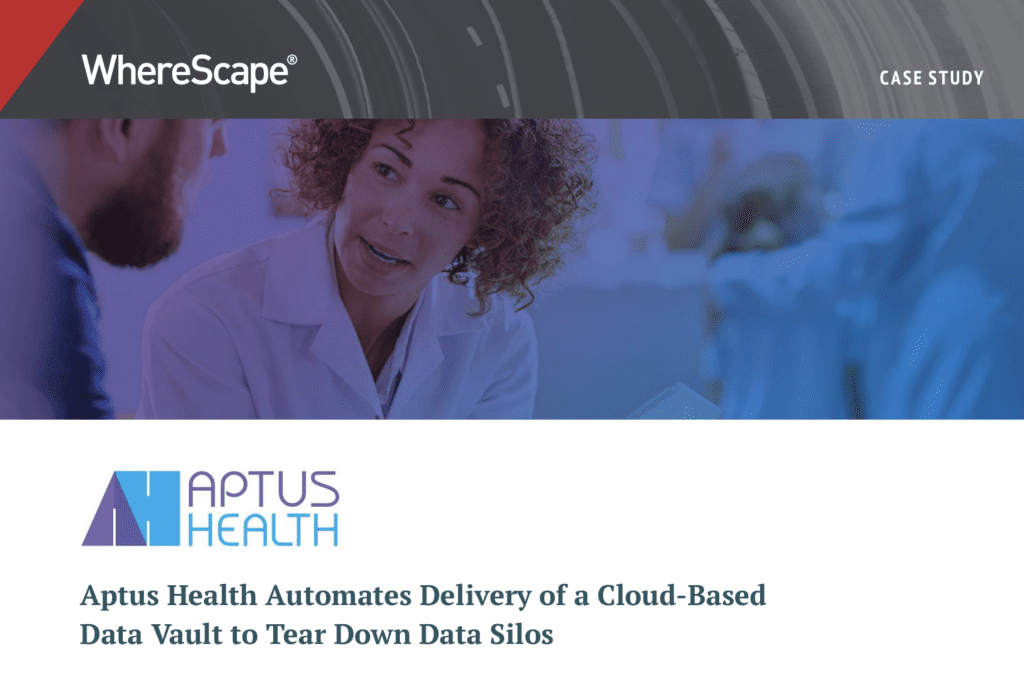
In the healthcare industry, managing vast amounts of data efficiently is crucial for delivering personalized services. Aptus Health faced challenges with data silos and outdated systems, hindering their ability to leverage data effectively. This case study illustrates how Aptus Health transformed their data infrastructure by migrating to a cloud-based data warehouse and implementing automation through WhereScape.
Challenge
Aptus Health struggled with numerous data silos from various acquisitions, resulting in a fragmented data environment. Their legacy on-premises data warehouse was inflexible and poorly documented, making it difficult to integrate new data efficiently. Traditional ETL processes proved too complex and time-consuming, hindering timely analytics and decision-making.
Solution
To address these challenges, Aptus migrated to a cloud-based data warehouse on Snowflake and adopted the Data Vault 2.0 modeling method for enhanced scalability. They utilized WhereScape® Data Vault Express™ to automate the design and deployment of their new centralized data infrastructure, streamlining data integration processes.
Results
Aptus created their first data vault design in just three days and achieved their first production release within three months. This rapid implementation resulted in centralized data access, significantly improved operational efficiency, and enhanced analytics capabilities, allowing Aptus to respond quickly to business needs and drive better decision-making.
Read the full case study here.
Unlocking the Potential of Cloud Data Warehousing with WhereScape
Organizations today face significant challenges in data management, including high operational costs, inflexible infrastructure, and the complexity of manual processes. Cloud data warehouses offer a scalable and cost-effective solution, allowing businesses to adapt quickly to changing demands. WhereScape enhances this approach by automating data workflows, reducing manual coding by up to 95%, and simplifying data integration tasks.
Don’t let these challenges hinder your growth. Book a demo today and discover the transformative power of data automation!
FAQs About Cloud Data Warehouses
1. What are the main benefits of a cloud data warehouse?
A cloud data warehouse offers scalable storage, faster data integration, and simplified access to business intelligence tools. It supports advanced analytics like machine learning and ensures better performance compared to on-premises systems.
2. How does a cloud data warehouse handle ETL processes?
Cloud platforms streamline extracting, transforming, and loading (ETL) or extract, load, transform (ELT) tasks by automating workflows and supporting efficient transformations across diverse data sources.
3. Can a cloud data warehouse improve security for enterprise-level operations?
Yes! Cloud security measures often include encryption, regulatory compliance protocols, and robust governance structures that surpass traditional on-premises setups.
4. Is it possible to scale up with a cloud-based system compared to an on-premises one?
Absolutely! Unlike clustered on-premises solutions that require physical upgrades, cloud storage allows you to scale up quickly based on your needs without additional hardware constraints.
5. How do businesses use machine learning in conjunction with a cloud data warehouse?
Machine learning models analyze large datasets stored in the warehouse for anomaly detection or predictive insights while leveraging tools like Apache Spark or columnar data stores for speedier processing.
6. Why is ease of use important for modern enterprises adopting these systems?
With user-friendly interfaces and seamless database management options like ODBC connections or visualizations, even non-technical teams can analyze complex relational databases efficiently—saving time while improving decision-making accuracy.
Automating Star Schemas in Microsoft Fabric: A Webinar Recap
From Data Discovery to Deployment—All in One Workflow According to Gartner, data professionals dedicate more than half of their time, 56%, to operational tasks, leaving only 22% for strategic work that drives innovation. This imbalance is especially apparent when...
What is a Data Model? How Structured Data Drives AI Success
What is a data model? According to the 2020 State of Data Science report by Anaconda, data scientists spend about 45% of their time on data preparation tasks, including cleaning and loading data. Without well-structured data, even the most advanced AI systems can...
ETL vs ELT: What are the Differences?
In working with hundreds of data teams through WhereScape’s automation platform, we’ve seen this debate evolve as businesses modernize their infrastructure. Each method, ETL vs ELT, offers a unique pathway for transferring raw data into a warehouse, where it can be...
Dimensional Modeling for Machine Learning
Kimball’s dimensional modeling continues to play a critical role in machine learning and data science outcomes, as outlined in the Kimball Group’s 10 Essential Rules of Dimensional Modeling, a framework still widely applied in modern data workflows. In a recent...
Automating Data Vault in Databricks | WhereScape Recap
Automating Data Vault in Databricks can reduce time-to-value by up to 70%—and that’s why we hosted a recent WhereScape webinar to show exactly how. At WhereScape, modern data teams shouldn't have to choose between agility and governance. That's why we hosted a live...
WhereScape Recap: Highlights From Big Data & AI World London 2025
Big Data & AI World London 2025 brought together thousands of data and AI professionals at ExCeL London—and WhereScape was right in the middle of the action. With automation taking center stage across the industry, it was no surprise that our booth and sessions...
Why WhereScape is the Leading Solution for Healthcare Data Automation
Optimizing Healthcare Data Management with Automation Healthcare organizations manage vast amounts of medical data across EHR systems, billing platforms, clinical research, and operational analytics. However, healthcare data integration remains a challenge due to...
WhereScape Q&A: Your Top Questions Answered on Data Vault and Databricks
During our latest WhereScape webinar, attendees had fantastic questions about Data Vault 2.0, Databricks, and metadata automation. We’ve compiled the best questions and answers to help you understand how WhereScape streamlines data modeling, automation, and...
What is Data Fabric? A Smarter Way for Data Management
As of 2023, the global data fabric market was valued at $2.29 billion and is projected to grow to $12.91 billion by 2032, reflecting the critical role and rapid adoption of data fabric solutions in modern data management. The integration of data fabric solutions...
Want Better AI Data Management? Data Automation is the Answer
Understanding the AI Landscape Imagine losing 6% of your annual revenue—simply due to poor data quality. A recent survey found that underperforming AI models, built using low-quality or inaccurate data, cost companies an average of $406 million annually. Artificial...
Related Content

Automating Star Schemas in Microsoft Fabric: A Webinar Recap
From Data Discovery to Deployment—All in One Workflow According to Gartner, data professionals dedicate more than half of their time, 56%, to operational tasks, leaving only 22% for strategic work that drives innovation. This imbalance is especially apparent when...
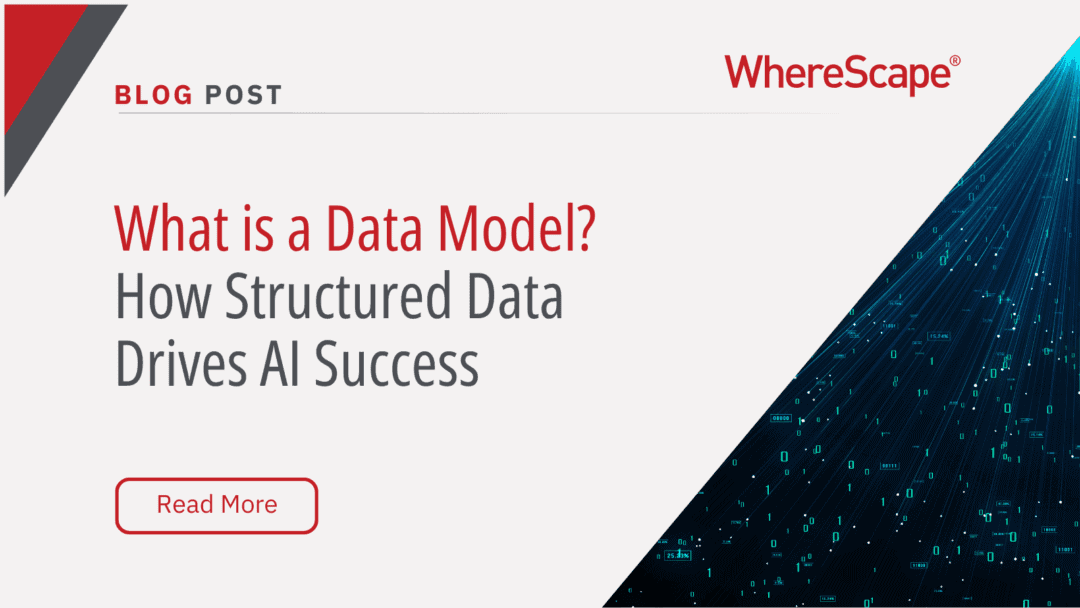
What is a Data Model? How Structured Data Drives AI Success
What is a data model? According to the 2020 State of Data Science report by Anaconda, data scientists spend about 45% of their time on data preparation tasks, including cleaning and loading data. Without well-structured data, even the most advanced AI systems can...
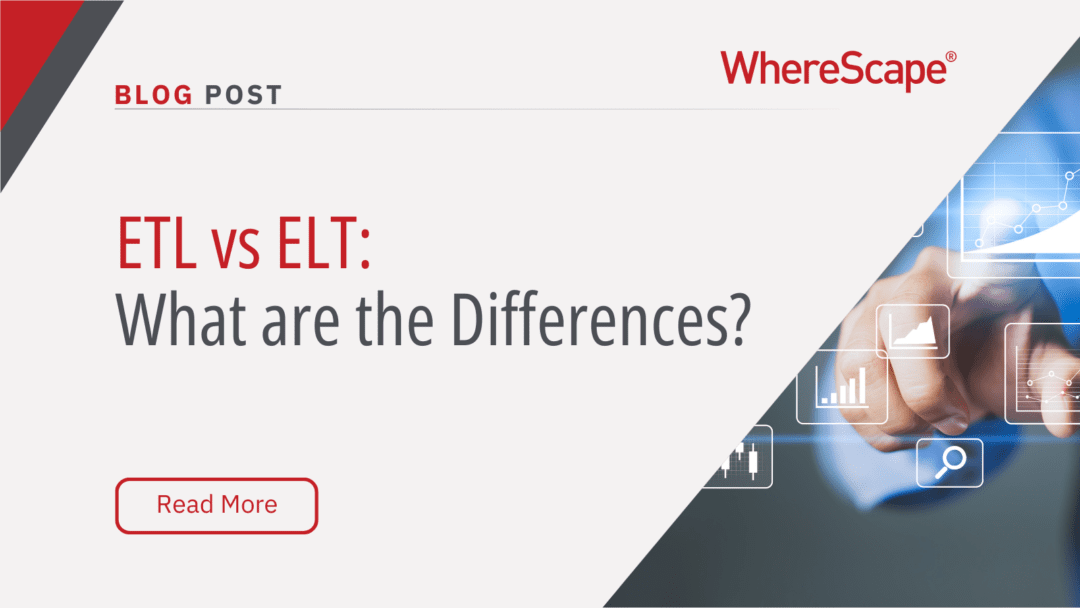
ETL vs ELT: What are the Differences?
In working with hundreds of data teams through WhereScape’s automation platform, we’ve seen this debate evolve as businesses modernize their infrastructure. Each method, ETL vs ELT, offers a unique pathway for transferring raw data into a warehouse, where it can be...
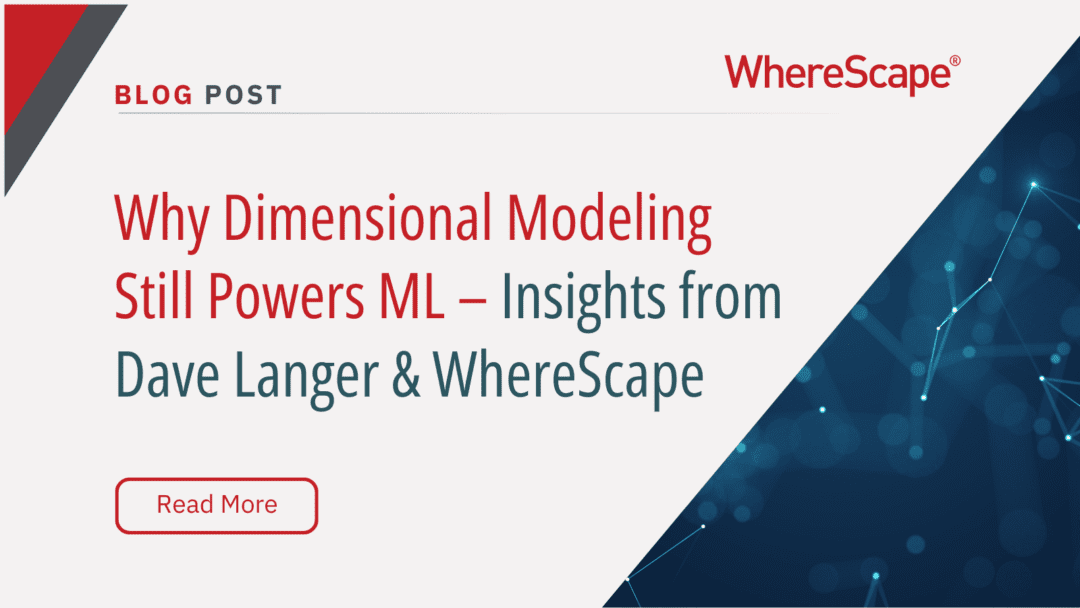
Dimensional Modeling for Machine Learning
Kimball’s dimensional modeling continues to play a critical role in machine learning and data science outcomes, as outlined in the Kimball Group’s 10 Essential Rules of Dimensional Modeling, a framework still widely applied in modern data workflows. In a recent...

